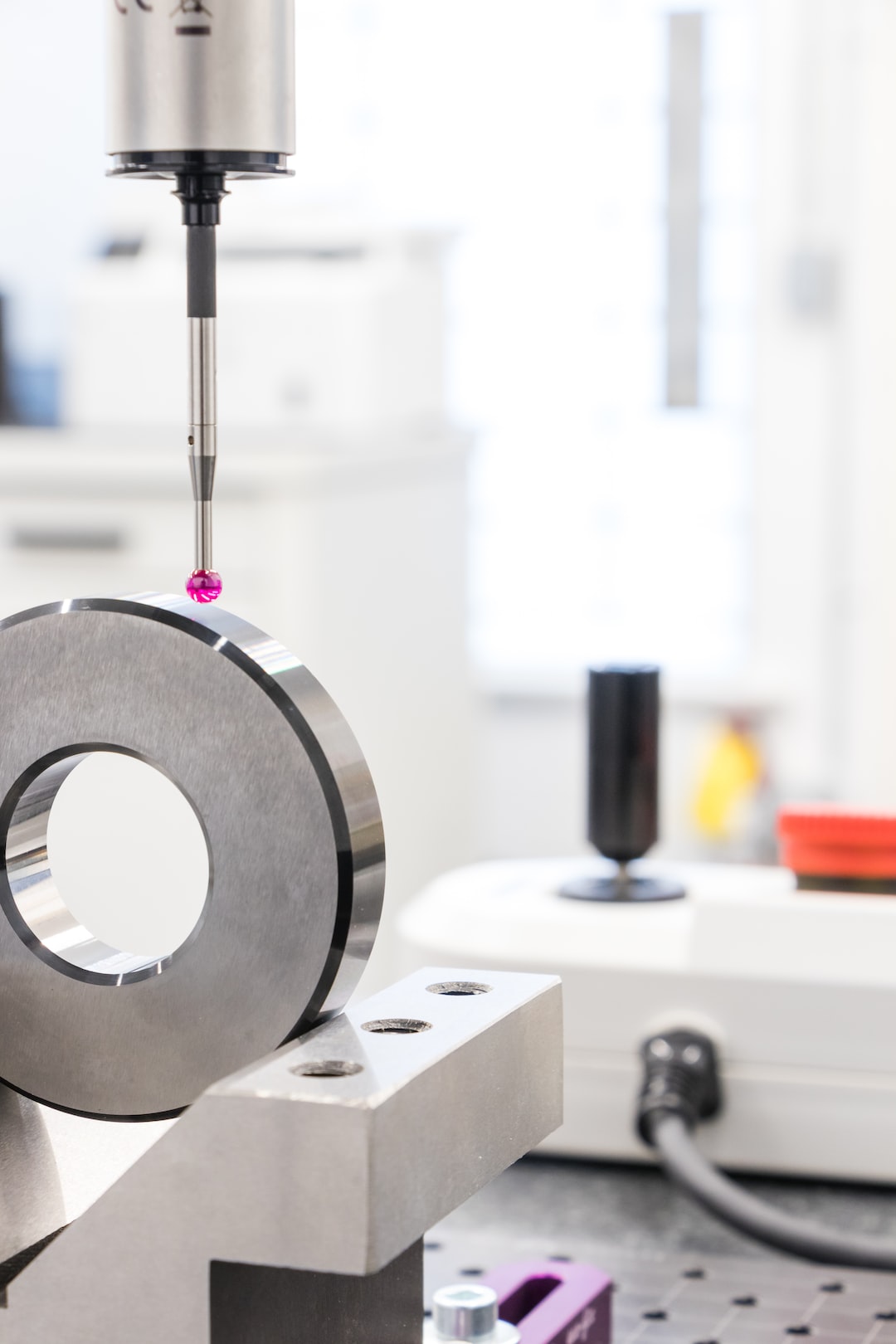The Rise of Smart Factories: How Connectivity is Revolutionizing Manufacturing
In recent years, the manufacturing industry has been experiencing a major transformation, thanks to the emergence of smart factories. These advanced manufacturing facilities, often referred to as factories of the future, are powered by connectivity and revolutionizing the way products are made. From autonomous machines to intelligent supply chains, smart factories are enhancing productivity, efficiency, and sustainability. In this blog post, we will delve into the rise of smart factories and explore how connectivity is driving this industry revolution.
What are Smart Factories?
Smart factories are the epitome of Industry 4.0, a term coined to describe the fourth industrial revolution. Unlike traditional factories, smart factories leverage advanced technologies such as Artificial Intelligence (AI), Internet of Things (IoT), robotics, big data analytics, and cloud computing to optimize production processes and achieve greater levels of connectivity and autonomy. This convergence of physical and digital systems enables a seamless flow of information and facilitates real-time decision-making, thereby enhancing overall operational efficiency.
Connectivity as the Backbone of Smart Factories
Connectivity is the key enabler of smart factories. It allows different manufacturing components, such as machines, software systems, and sensors, to communicate and exchange information in real-time. With the advent of IoT, a network of interconnected devices and sensors, connectivity has become even more critical in driving the digital transformation of factories.
By integrating IoT devices, manufacturers can capture and analyze a vast amount of data from various stages of the production process. This data, often referred to as big data, can be used to identify patterns, optimize operations, and predict maintenance needs. For example, sensors on machinery can detect inefficiencies or faults, allowing for preventive maintenance and reducing downtime.
Moreover, connectivity empowers manufacturers to monitor the entire supply chain in real-time, from raw material sourcing to the delivery of finished products. This end-to-end visibility helps streamline operations, improve inventory management, and reduce waste. Manufacturers can quickly identify bottlenecks, adjust production schedules, and make informed decisions, ultimately enhancing customer satisfaction.
Enhancing Efficiency and Productivity
One of the primary benefits of smart factories is the improvement in efficiency and productivity. With connectivity, manufacturers can automate repetitive and mundane tasks, allowing human workers to focus on more value-added activities. Robots and autonomous machines can handle intricate and hazardous operations with precision and consistency, resulting in higher productivity levels.
Additionally, real-time data obtained through connected sensors can optimize production planning and minimize downtime. By analyzing data, manufacturers can identify inefficiencies, eliminate wasteful practices, and predict maintenance needs. This proactive approach increases overall equipment effectiveness and reduces production downtime, leading to improved efficiency and reduced costs.
Sustainability and Environmental Impact
Smart factories are also bringing tremendous improvements in sustainability and reducing the environmental impact of manufacturing processes. With access to real-time data, manufacturers can identify energy consumption inefficiencies and make adjustments to optimize energy use. Connected systems can automatically adjust machine settings to conserve energy during non-peak periods and reduce waste.
Furthermore, by monitoring and optimizing the supply chain, manufacturers can reduce excess inventory and minimize associated carbon emissions. Real-time visibility enables a more efficient use of resources and ensures that materials are sourced responsibly, contributing to environmental sustainability.
Conclusion
The rise of smart factories powered by connectivity signifies a major revolution in the manufacturing industry. Through the integration of advanced technologies and connectivity, smart factories can optimize production processes by automating tasks, improving efficiency, and reducing environmental impact. These factories of the future are transforming the way products are made and revolutionizing the concept of manufacturing as we know it today. With the continued advancement of connectivity and IoT, the potential for smart factories to drive innovation, productivity, and sustainability is boundless.

